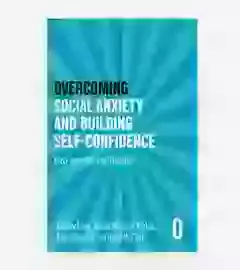What keeps Social Anxiety going?
When socially anxious people encounter situations that provoke a fear of doing something that might be humiliating or embarrassing, a vicious cycle comes into play. Reactions to anxiety, such as worrying about what others might notice, make the anxiety worse. The cycle that keeps the anxiety going is one of the most important factors to understand when it comes to dealing with the problem: breaking this cycle allows the anxiety to reduce, and then it's easier to deal with the stresses and personal vulnerabilities that may bring it back again.
In 1995, two clinical psychologists (David Clark and Adrian Wells) published a new model of social anxiety. This model helps us to understand what happens you encounter a situation that makes you feel socially anxious. Crucially, the model recognizes the central part that thinking plays in social anxiety.
A situation that makes you feel anxious triggers particular beliefs and assumptions, for example, that other people are being critical. The situation is therefore perceived as threatening, triggering thoughts like 'I'm going to do something wrong here.' When this happens, you focus in on yourself, becoming increasingly self-aware and conscious of the way you think you're coming across to others. In your mind's eye, you have an image of the way you think - or fear - that other people see you.
The more you focus on your own internal sensations and perceived shortcomings, the more self-conscious you become, and the more threatening or risky the situation seems. All three kinds of thinking are at play here: The level of attention reflects what you notice, for example, the sense that everyone is looking at you; negative automatic thoughts are involved in interpreting the situations as threatening, and underlying beliefs and assumptions are activated, for example 'I'm different. I don’t really belong.'
Safety behaviours also play a part in maintaining the cycle. If you always try to keep yourself safe, this prevents you learning that the situations you're trying to protect yourself from being harmless. Safety behaviours also focus attention inwards (for example, by avoiding eye contact), and may increase the signs and symptoms of anxiety (trying to make sure that you are not being bored makes it harder to think of anything interesting to say, as well as more tense and less able to come across naturally). Although these signs and symptoms are often the things that socially anxious people notice most, we know that they start to subside when the things that keep them going change.

















